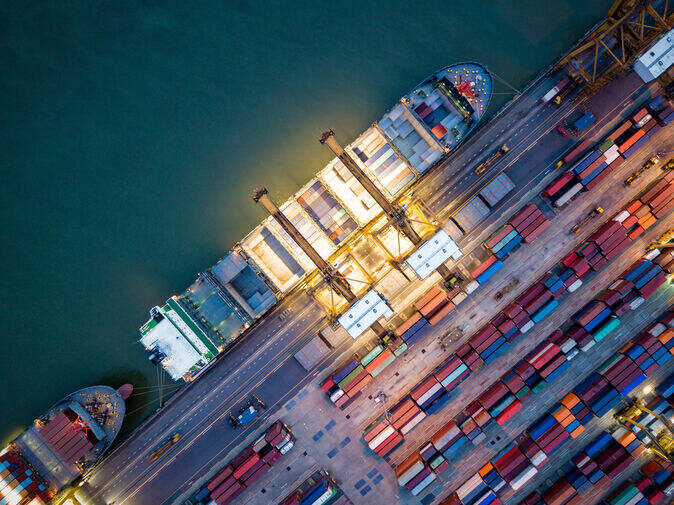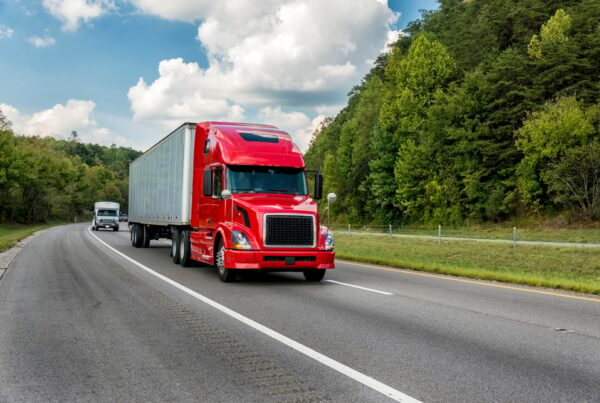Introduction
Ports are a big part of the US global trade, they are the hubs where freight is received, processed, and distributed. For truckers these are the beginning of a complex supply chain, moving ship’s cargo from container ships to destinations all over the country. Smooth port operations are key to the trucking industry, so goods get to consumers and businesses on time. The key workers at the ports, stevedores, and longshoremen, unload the cargo so they are the unsung heroes of trade and transportation.
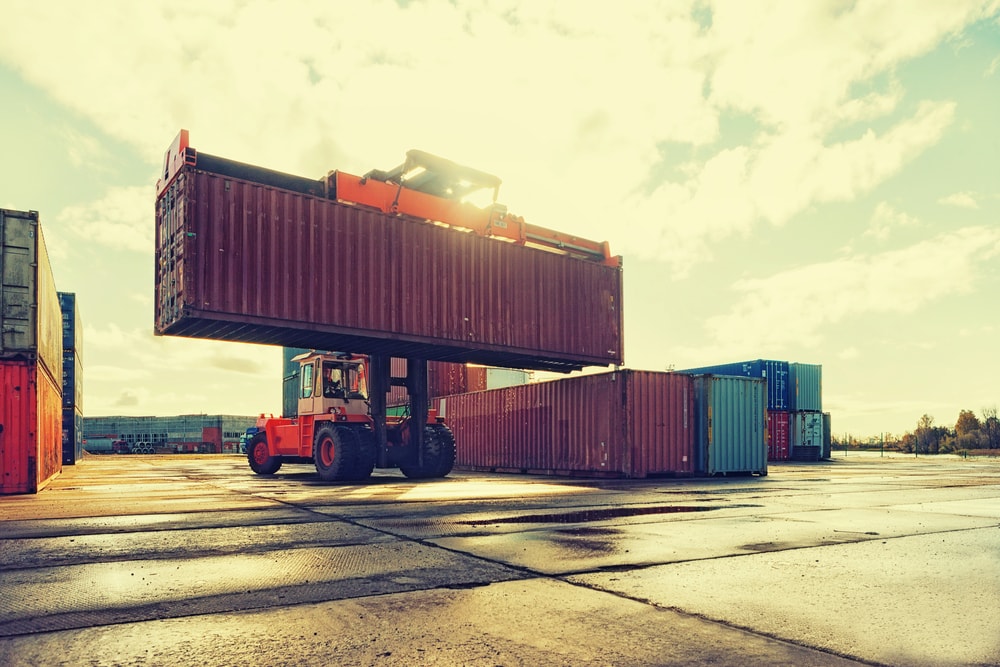
Stevedores
A stevedore is a highly skilled worker who loads and unloads ships’ cargo. These are the workers who do it all, safely managing freight, crates, and containers to keep the docks running smoothly. Using cranes and other heavy equipment they move cargo from the ship to land. Working with dock workers and longshoremen they coordinate the complex process of stowing and unloading cargo often in tough conditions that require attention to detail and safety. They keep global trade moving.
Trucking’s dependence on port efficiency
The trucking industry depends on port operations to keep freight moving. For truckers, the timely unloading of cargo is key to their schedule and getting goods to market on time. When ports run smoothly crates and containers are unloaded, transferred, and moved to their next destination so drivers can meet tight logistics timelines. Any delay in unloading cargo can have a domino effect, impacting driver availability to freight delivery and the entire supply chain.
Containerization is a big part of modern port-trucking operations, it simplifies the process of loading and unloading cargo. With cranes and technology port workers can offload containers quickly, reducing delays and getting goods from ship to truck. This method of stowing and moving goods has changed the shipping industry, it allows for more freight to be handled and moved over longer distances. By using containerized freight both ports and truckers can optimize their operations and have a more streamlined supply chain.
Labor disruptions
Labor disruptions with longshoremen, stevedores, and other dock workers have had a big impact on global supply chains. Strikes or slowdowns at the ports can bring freight to a standstill, and vessels waiting to unload cargo. Without the critical work of these port workers to unload the ships operations management becomes strained and delays spread across the logistics industry. For truckers, these disruptions mean longer wait times at the ports and reduced freight availability making it harder to meet their schedule and delivery deadlines.
The impact of labor disruptions goes beyond the docks, it affects industries that need goods to arrive on time. When port operations slow or stop manufacturing facilities face delays in receiving raw materials and retailers face shortages of products and potential financial losses. Truckers caught in the middle of these slowdowns have to re-route and deal with limited cargo availability which impacts the entire supply chain. Efficient port operations keep freight moving and any disruption can have a ripple effect across multiple industries.
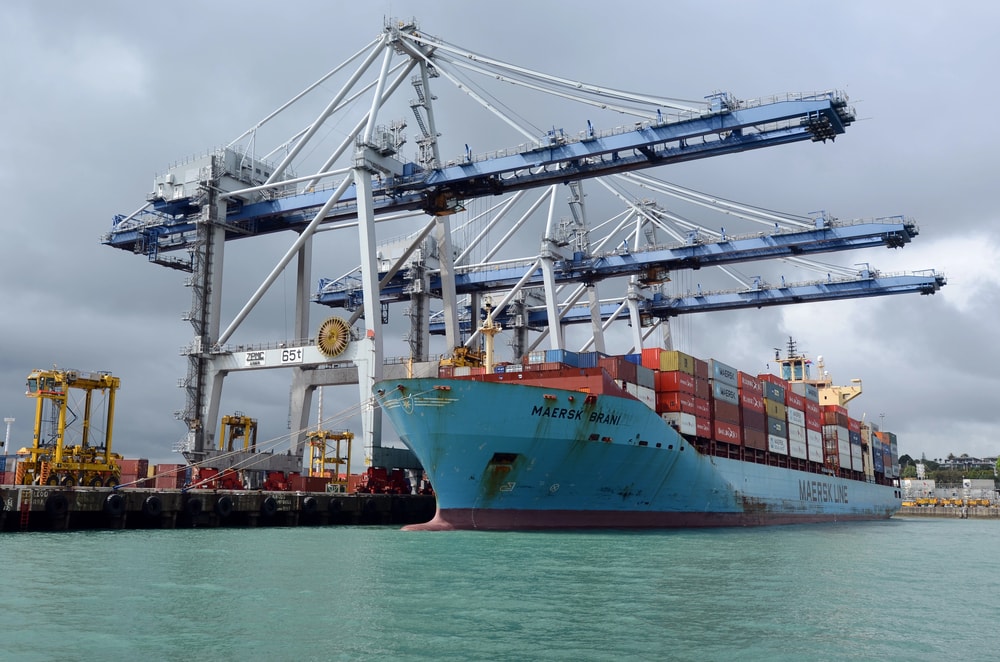
Challenges
Stevedores, longshoremen, and truckers face big risks and hazards in their jobs. These workers put in long hours in tough conditions, handling heavy cargo and operating cranes or other equipment to unload ships. The physical demands and the need to be constantly aware of safety hazards make this work hard and dangerous. From navigating containers to moving freight across busy ports the risk of accident or injury is always there, requires strong safety protocols and skills to manage the risks.
Moving this much cargo requires a high level of skill and coordination between port workers and truckers. Stevedores and longshoremen have to operate cranes and other equipment to unload cargo safely, truckers have to navigate logistics to get the freight to its final destination. Operations management is key to this process, making sure ships, ports, and trucks are in sync for a smooth cargo transfer. This coordination is critical to reduce delays and get goods moving across the country safely.
Future trends and innovations
Automation, robotics, and AI are changing operations management at the ports, making unloading and transferring cargo more efficient. Automated cranes and robotic systems now help offload massive containers from the ships, reducing the time it takes to get cargo from ship to truck. As stevedoring evolves dock workers and truckers will have to adapt to these new technologies, and their role will shift to managing and maintaining these systems. Ports and trucking companies are also working together to reduce emissions and be more sustainable, implementing electric trucks and more efficient routes to reduce the environmental impact of freight movement.
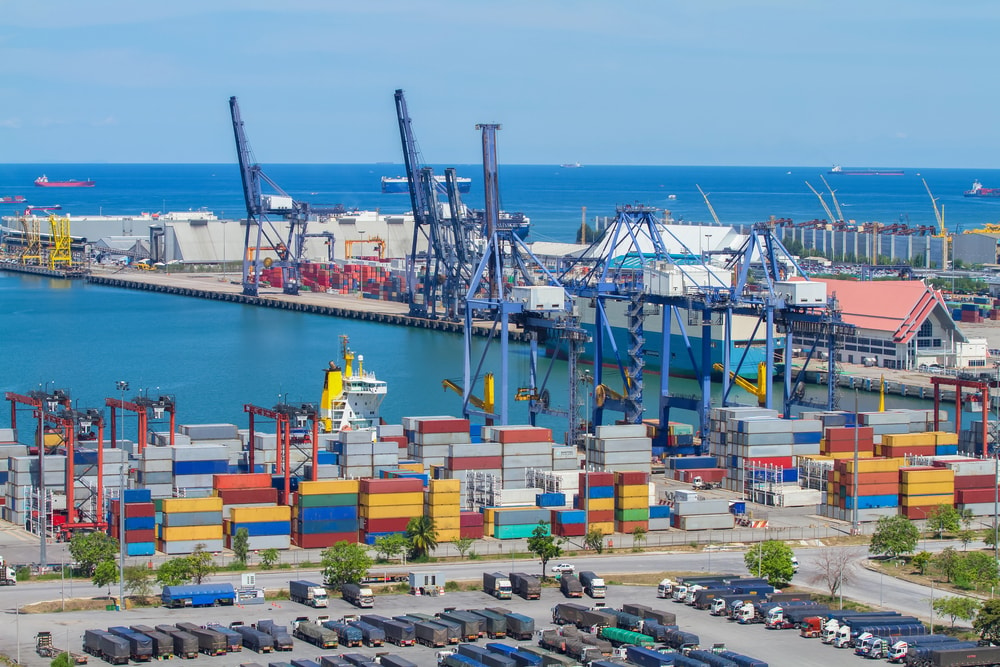
Summary
Ports are the lifeblood of the US economy, where cargo is unloaded from the ships and truckers move it across the country. Efficient operations management at the ports ensures cargo is transferred from ship to truck seamlessly. Stevedores and dock workers are key to this process, handling cranes and other equipment to unload cargo safely so freight can get to its destination on time. Without these skilled workers, the trucking industry would be severely delayed and impact manufacturing to retail.
Supply chain success relies on port-trucking partnerships. Even with disruptions like labor strikes or other challenges, this partnership is critical to keep the flow of goods moving. Truckers, freight operators, and port workers have to work together to manage and move the cargo. At ShipEX Logistics we know the importance of staying on top of industry trends and leveraging technology to move cargo. Read on to see how our port-trucking partnership helps us deliver.

